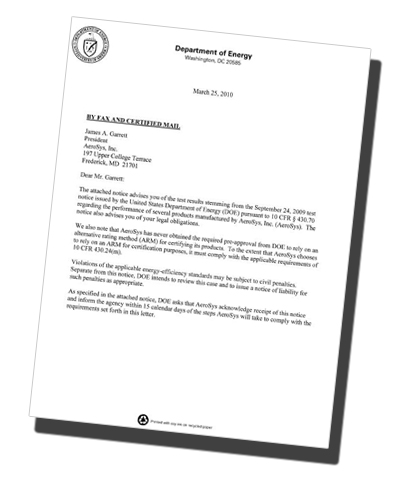Well, hello, Columbus. (Click here if you’re not a Philip Roth fan.)
Some people were surprised when Columbus, Ohio, appeared on the Natural Resources Defense Council (NRDC) list of the top twenty-two energy “Smarter Cities,” sharing the spotlight with towns better known for their deep green glow. Places like Portland, Seattle, Boston and San Francisco.
One person who was not surprised was Michael Coleman, mayor of the city that in the 1990s still had the reputation as being just another bleak hole in the Midwestern Rust Belt. Coleman has led efforts to make Columbus a model of energy efficiency, one of the main priorities under a program called “Get Green Columbus.”
The program was already well underway when it received a huge boost from $7.4 million in federal stimulus funds. More than a score of city fire stations and several other city buildings are getting energy efficiency make overs. Businesses and homes are given incentives to lower energy consumption.
Well before the infusion of cash from Washington, Columbus had already completed its first energy efficient affordable housing, called, fittingly, Greenview Estates. The city also developed a recycling program, an initiative clean up air pollution and an infrastructure overhaul to ensure that residents had clean, safe water.
Energy efficiency has been at the core of the Columbus revitalization, however, which is why the NRDC included it as one of the 22 “Smarter Cities” for 2010.
The other cities, grouped by size are -
Large:
Medium:
Small:
To lean more about how the NRDC picked these cities from among 655 considered, visit the Smarter Cities site.
Filed under: All,CO2,Fossil fuels,Laws,Renewables,Solar
Trackback Uri









